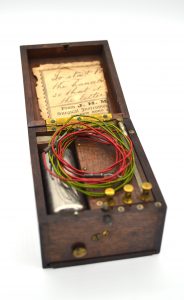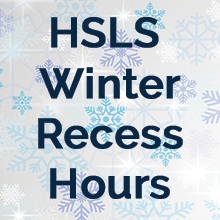Journals added to the HSLS online collection for 2021 include:
- ASA Monitor
- Bioscience, Biotechnology, and Biochemistry
- British Veterinary Association titles: In Practice; Veterinary Record; Veterinary Record Case Reports
- Journal of Aquatic Physical Therapy
- Journal of Breast Imaging
- Journal of Maternal-Fetal & Neonatal Medicine
- Journal of Pain (resumed publication)
- Journal of Racial and Ethnic Health Disparities
- MEDSURG Nursing
- Metallomics
HSLS continually adds new open-access journals, so visit our E-journals A-Z list and click on “Show Select Subject” to view titles in your area of interest. Continue reading

 is one of HSLS’s most popular workshops since
is one of HSLS’s most popular workshops since 
 Monday, December 14, 2020–Friday, December 18, 2020: Full virtual service with support for book pickup and drop off from 7 a.m.–6 p.m. Falk Library printing and study spaces CLOSED.
Monday, December 14, 2020–Friday, December 18, 2020: Full virtual service with support for book pickup and drop off from 7 a.m.–6 p.m. Falk Library printing and study spaces CLOSED.